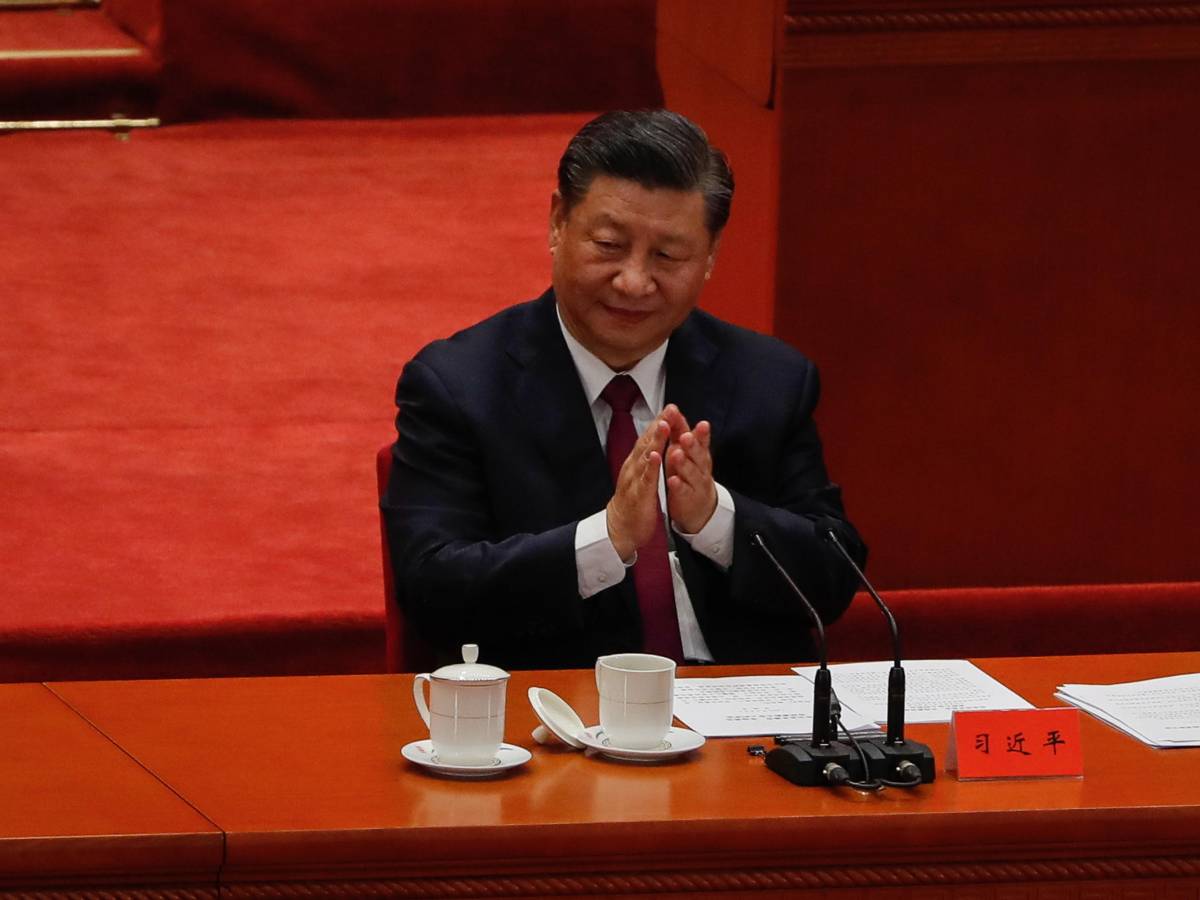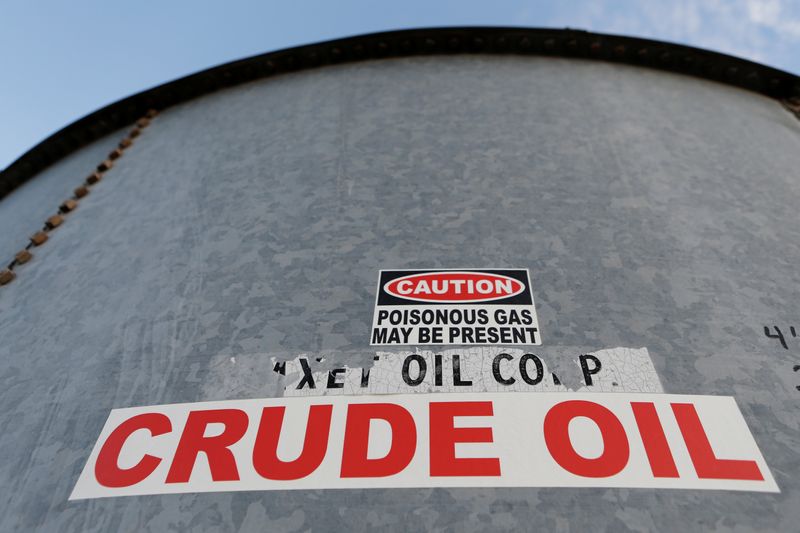Xi Jinping has repeatedly stated that space research is one of the government’s priorities to ensure China’s leading position in the future global competition. In every official report referring to the space program of the People’s Republic, one of its sentences from January 2022 is always quoted: “Exploring the vastness of the universe and developing the space industry to make China a space power, has always been our eternal dream.” “.
The China National Space Administration (CNSA) recently revealed the agenda it intends to pursue. After the United States denied Beijing’s participation in the International Space Station in 2011 and banned any cooperation between NASA and the China National Space Administration, China embarked on its own path in space exploration and accelerated research. The Asian country is now the second in the world after the United States in spending on space. And although the technological, scientific, and economic disparity between the two countries is still in favor of the United States, which spends $62 billion compared to $12 billion for China, since Xi Jinping was secretary of the Chinese Communist Party, Chinese progress has become rapid.
In addition to continuing From the assembly of China’s Tiangong space station, the most immediate goals will relate to the Chang’e lunar exploration program and the continuation of the Tianwen Mars mission.
The Chang’e program, which began in 2004, has five missions to its credit, the last of which ended on December 17, 2020, bringing 1,731 grams of lunar soil to Earth. After the analyses, geologists in Beijing announced, on September 9, 2022, that they had discovered a new mineral, dubbed Changesite-(Y), the sixth identified so far by the lunar missions of the United States, Russia and China.
Today, China is planning three more Chang’e missions that will be followed by the establishment of the ILRS (International Lunar Research Station), an automated lunar station under development in cooperation with Russia’s Roscosmos agency. The first of these three missions, Chang’e 6, involves landing on the moon in the Aitken Basin, at the lunar south pole, an area particularly rich in precious raw materials, on the far side of the moon. It is the same area that NASA also chose for the Artemis III mission, which will return humanity to the moon to build a space base there.
The editors recommend:
Benevolent King of the Global South, Beijing Wants to Lead the “Emerging Countries”
potential interferenceInspection zones on the moon have already caused friction between China and the United States, and the lack of space legislation on the subject threatens to exacerbate relations between Washington and Beijing on the ground. In contrast to China, which chose only ten points of a few square kilometers, NASA has expanded the possibility of landing and developing its lunar base over thirteen vast areas of several hundred square kilometers.
The Chang’e 6 mission, which will essentially repeat the previous Chang’e 5’s goals of bringing lunar soil samples back to Earth, is expected to take place between 2024 and 2025, but the Chinese module will also carry instruments produced by Italy as well. France and Sweden. Then, the Chang’e 7 mission will be launched which, after bringing the Quiqiao-2 communications satellite into lunar orbit, will land on our satellite in 2027, leaving a hopper and two rovers on our satellite, one of which belongs to the United States. The United Arab Emirates based on the agreement signed with CNSA on September 16, 2022. The UAE will thus be the first country to conclude agreements with both NASA and CNSA to participate in the two lunar missions envisioned so far, Artemis III and Chang’e 7. .
And finally, the Chang’e 8 missionscheduled for 2030 and still at a preliminary stage, will be intended to study and determine the possible exploitation of lunar resources and to start building a Chinese lunar base using 3D printing technology.
China estimates that there are at least 1 million tons of helium-3 on the Moon (Earth’s reserves are 15 to 20 tons) as well as large amounts of rare earth elements. Although interest in lunar helium-3, an isotope that can be used in nuclear fusion, has increased over the past few decades, its extraction from regolith minerals (the surface layer of lunar soil) is not yet considered possible: to obtain one gram of helium- 3 It would be necessary to process the 150 tons of regolith that would have to be mined on the Moon and transported to Earth at great costs.
Illers mission, which will be developed by combining Chang’e missions with Russia’s Luna missions, is scheduled to be implemented in the second half of the next decade and will organize an automated site with the possibility of sending astronauts in a second period. However, the Russian invasion of Ukraine raised questions about the progress of the project.
Even broader is the Tianwen mission, which on May 14, 2021 brought China’s first rover to Mars. As for the second date, it is in 2025, when the “Tianwen-2” probe will launch towards a comet and an asteroid, carrying samples taken from the latter to Earth. Tianwen-3 will be the continuation of the Chinese mission to Mars, which landed on the planet on May 14, 2021, as it began to take samples from the surface and return them to Earth. Finally, Tianwen-4 will be the program’s most ambitious mission to Uranus. Nothing has been specified about the departure date.

“Prone to fits of apathy. Introvert. Award-winning internet evangelist. Extreme beer expert.”



